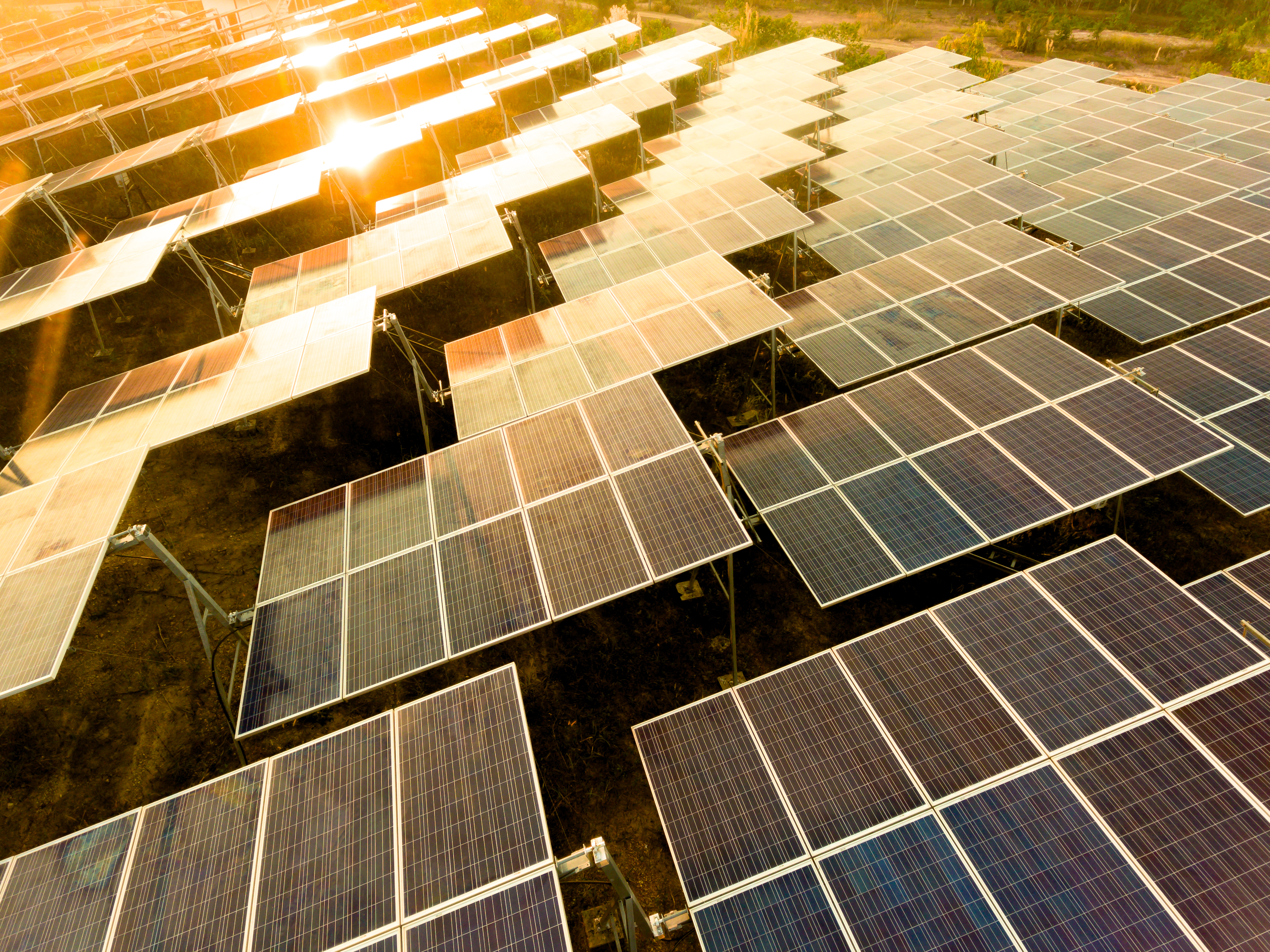
As New York seeks to decarbonize its grid, it will need to ramp up renewable energy delivery to meet demand.
TL;DR
-
New York is looking to Canada to help meets its renewable energy goals, with the Champlain-Hudson Power Express bringing green energy from Quebec.
-
The $3 billion project is said to save New York residents $12.8 billion over 30 years and generate $1.7 billion in new tax revenue.
-
Critics question lack of open solicitation for renewables generation and impact of outsourcing green energy jobs to Canada.
New York has announced ambitious plans to increase its wind and distributed solar capacity. Still, the state will need to secure sufficient baseline capacity to ensure grid stability, especially once the Indian Point nuclear facility goes offline this year.
To compensate for this loss (Indian Point supplies 25% of the state’s electricity), New York is looking to increase electricity imports from Canada, particularly excess hydropower capacity in Quebec.
Canada already exports 8% of its electricity to the United States, transmitting 60.4TWh in 2019. Canada is the third largest electricity exporter in the world, most of which is generated by zero-carbon sources.
Surplus Canadian hydropower is a good fit for New York, as Quebec’s generation profile is almost 100% zero-carbon (hydro and wind taken together supply 98.3%). This green supply is of particular interest to New York, as Governor Cuomo has put the state on a path to run on 100% renewable energy by 2040.
Disparity between urban demand and rural generation
New York’s problem is that the New York metro area and Long Island account for two-thirds of the state’s energy demand, but most of the generating capacity is in the more rural upstate region: transmitting enough electricity to meet NYC demand is challenging. The Department of Energy has described this region as “the epicenter of grid congestion” in the eastern United States.
This scenario has led NY metro and Long Island to have some of the country’s highest electricity rates.
As part of the state’s Green New Deal, Governor Cuomo wants to facilitate the transmission of upstate solar and wind capacity and Canadian hydropower by creating a new transmission line. The 536 kilometer long Champlain-Hudson Power Express has been on the drawing board for years, with construction set to begin this year.
Slated to be operational by 2025, the line will deliver between 1,000 to 1,250MW to the New York City metro area, thus providing the remaining 20% needed to meet the state’s 2030 target of 70% renewable energy use.
The Champlain-Hudson Power Express will cost $3 billion, with 60% of the line submerged under waterways and the remaining 40% buried underground to minimize surface impact.
Over the first 30 years of operation, the line will save New York ratepayers $12.8 billion and generate $1.7 billion in new tax revenues. The project will also provide $117 million over 35 years to fund environmental protection programs.
Critics question project’s efficacy
Not everyone is pleased with New York’s decision to rely on Canadian imports, with local power producers and environmentalists criticizing the move. The Independent Power Producers of New York have voiced their opposition to the plan, arguing that Canadian producers could take advantage of New York’s high prices and compete with in-state producers.
Outsourcing generation to Canada could undermine efforts to build local generation, not to mention that 5% of Canadian electricity will vanish in transit, adding extra costs.
There are also questions among power producers as to why the government decided to wed itself to the transmission line project instead of issuing a competitive solicitation for renewables capacity.
Importing Canadian hydropower is seen by some critics as reneging on the state’s responsibility to both green its own generation mix and invest in local communities. “It’s not a Green New Deal to get all of our power from legacy hydro in Canada with very, very few local jobs,” says Shay O’Reilly with the Sierra Club of New York City. “If we have this source of power coming down from Canada to compete with [local efforts] that’s a contradiction.”









